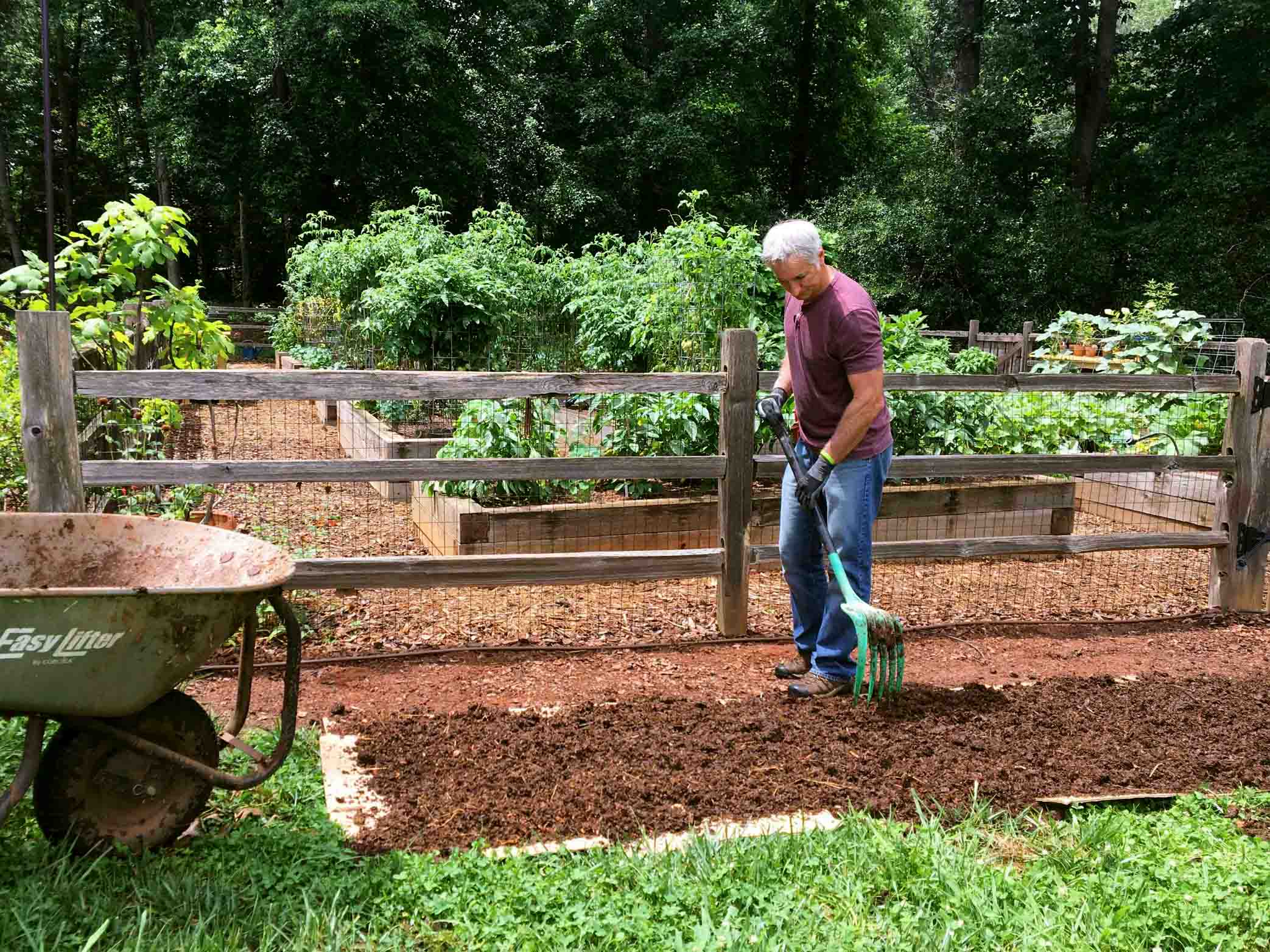Introduction
The old gardening ways need to go for good. You need to stop digging the earth and move towards a more sustainable form of gardening. If you’re thinking about creating new garden beds, you can search for “topsoil near me” and buy some from the nearest store. Let’s check out why you need to ditch your tiller and move to no-till gardening.
The Details
- Digging harms the soil – Digging is very hard work. However, it has been done for thousands of years for growing food and conventional wisdom says it’s the right way of doing things. Digging also helps you incorporate compost and other types of organic matter into the soil. Moreover, it helps to loosen the soil structure so that water retention can be removed, and plant root systems have better access to nutrients and oxygen in the soil.
While digging does bring some benefits, it also does great harm. When you dig through the soil, you disrupt the invisible lifeforms that make the soil better. That means you destroy the homes and delicate habitats of beneficial microbes, beetles, and earthworms several times throughout the year. This breaks the natural improvement of soil, and you have to start all over again. That’s why the soil’s fertility keeps dropping and you need to use more chemical fertilizers each year.
Instead, when you leave the soil undisturbed and undug, those microorganisms can thrive and improve the soil. It also allows a better balance between natural soil predators and pests. When there’s no digging you also save on manual labor and don’t end up tired after spending a few hours in the garden. It should be a relaxing experience in the first place.
- Make No-till Beds – When you don’t dig the soil, how do you make sure that it has all the nutrients for growing plants and has a decent structure for aeration and water retention? The answer lies in no-till gardening. Instead of digging out the soil, mark the area where you want to grow new plants and start by clearing off large rocks and debris from that place. After that cut-down weeds and mow down the grass. Next, you need to top it off with a thick layer of rich organic matter.
His layer of organic matter hinders the growth of weeds by blocking out light and providing rich nutrients for the roots of new plants. Make sure that the organic matter is at least 4 inches deep. It can be anything from manure to well-rotted compost. You can’t use chemical herbicides and fertilizers. If you suspect a healthy weed population at the place where you’re looking forward to growing new plants, use cardboards before laying the organic matter. Make sure to dampen the cardboard thoroughly so that it can rot and disintegrate later on.
Layers of cardboards act as barriers against the weed and suppress weed growth. His layer will kill most of the weed population. When the growing season arrives, you’ll find a handful of weeds growing on the new bed and they can be removed very easily. After the cardboard and the organic matter is laid, check the texture and consistency of the organic matter. If it appears too wet and lumpy, start the seedlings in planters and transfer them to the garden bed when they have healthy root systems. This move also helps you space the plants perfectly so that they don’t compete for resources.
- Try to imitate mother nature – Mother nature has the ability to infinitely recycle the finite resources of the planet and create new life from the remains of the dead. Instead of a traditional no-till bed, some people like to mimic mother nature. That means apart from using nutrient-rich compost and manure, they also use easily available resources like wood chips for nourishing the soil.
To make a bed with his method, start with a thick layer of paper or cardboard over a cleared ground. Spread 4 inches of compost over the layer of cardboard and top it off with at least 2 inches of woodchips. The point is to not mix the compost and woodchip layers. While planting new seedlings, you simply shove the woodchips aside and push the plant into the compost.
You can also use other materials instead of wood chips. Old leaves and other readily available organic matter work too. The top layer acts as insulation for reducing evaporation, rots, and constantly feeds the soil underneath. The aim of this kind of bed is to constantly replenish the resources of the soil so that you never need to rely on fertilizers.
- Mulching – Mother nature is basically replenishing the resources of the soil with mulch. That’s the secret to any no-till garden. Thick layers of mulch bring lots of benefits. They cover the soil and minimize erosion, suppress weed growth by blocking out light, and also minimize loss of soil moisture. Moreover, as organic mulch rots and disintegrates it makes the soil more fertile. Microbes and earthworms come up to feed on that organic matter and in this process, they constantly mix nutrients into the soil and improve its structure.
That’s why there’s no need for tilling or digging. You just need to make sure that you replace the mulch and top it off regularly. This way the cycle continues, and the plants get all the nutrients they need. Make sure the mulch is organic and has a healthy mix of both ‘green’ and ‘brown’ matter. Green matter includes mulch that is rich in nitrogen. This includes grass clippings, kitchen waste, and more. On the other hand, brown matter includes wood chippings, old leaves, sawdust, and more.
Conclusion
Digging and tilling the soil has more cons than benefits. It destroys the delicate ecosystem of beneficial microbes in the soil and also encourages weed growth. Instead, no-till gardening is a much better option. If you need a fresh batch of topsoil for this new endeavor, you can search for “topsoil near me” and buy it from a local store.












